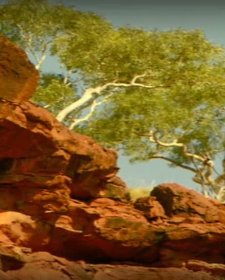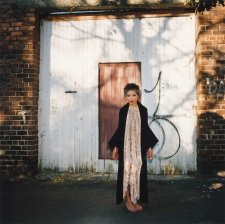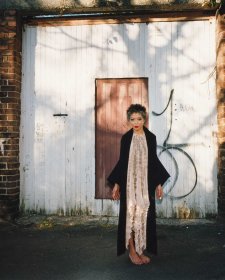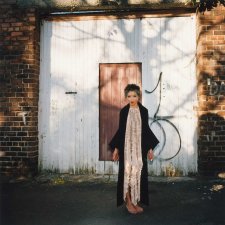Arrernte artist Albert Namatjira (1902–1959) is one of Australia's most celebrated and important artists. He is recognised as the first person to link Aboriginal art and culture with European painting techniques. Born at Hermannsburg (Ntaria) near Alice Springs, Namatjira had been making art for much of his life before becoming interested in watercolour painting in the 1930s. Exhibiting from 1938 to acclaim and working prolifically, demand for his paintings increased during the 1940s. Though famous by the 1950s, First Nations people were not recognised in the Australian constitution at this time and faced widespread prejudice and inequality. Namatjira met Queen Elizabeth II in Canberra in 1954, and was the first Aboriginal person to receive citizenship in 1957, but restrictions on his family and his community remained engrained and complex, ultimately leading to his death in 1959. His distinctive style, though seemingly taking on the appearance of Western landscape traditions is rooted in deep ancestral connection and knowledge of the lands spanning his father's country around the MacDonnell Ranges and his mother's country in the region of Palm Valley in Central Australia. The Gamatj clan leader Yunupingu AM leader has explained that in his work Namatjira was 'demonstrating to the rest of the world the living title held by his people to the lands they had been on for thousands of years'.
Photographer Axel Poignant spent three months with Namatjira and his wife Rubina (Ilkalita, 1903–1974) while working as a cameraman on Namatjira the Painter. A Kukatja woman, Ilkalita and their children often travelled with Albert on painting trips and another photograph by Poignant taken at the same time shows the family together. This image was taken on Arrernte Country in the MacDonnell Ranges, likely near Mparntwe/Alice Springs, in the Northern Territory.
Purchased 1999
Axel Poignant (age 40 in 1946)
Albert Namatjira (age 44 in 1946)
Rubina Namatjira (age 43 in 1946)



On one level The Companion talks about the most famous and frontline Australians, but on another it tells us about ourselves.



The art and landscape of Albert Namatjira.



An antidote to the months spent in isolation at home, This is my place brings a fresh, intimate focus to the places that define who we are – our spiritual homes, habitats and workspaces.